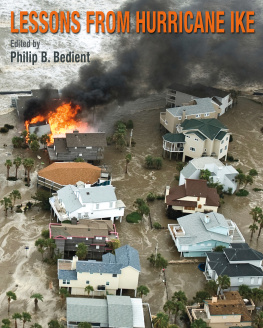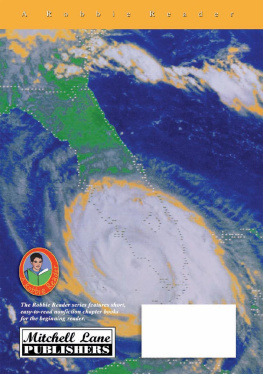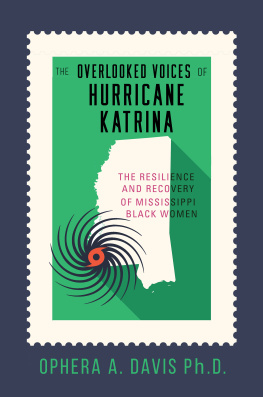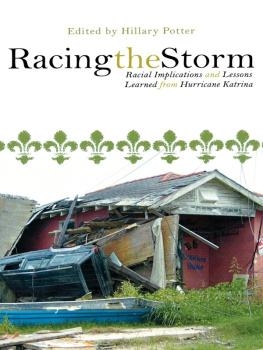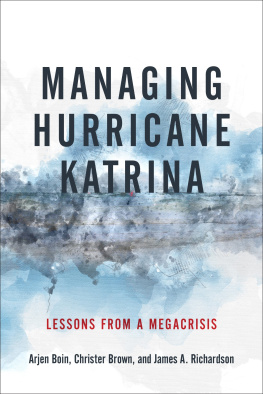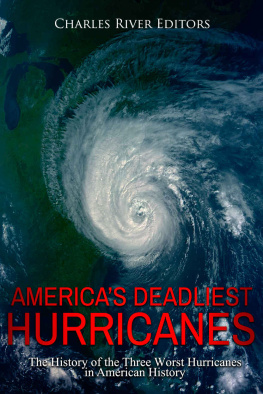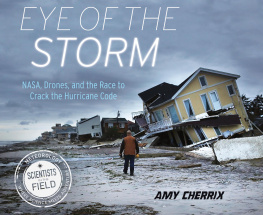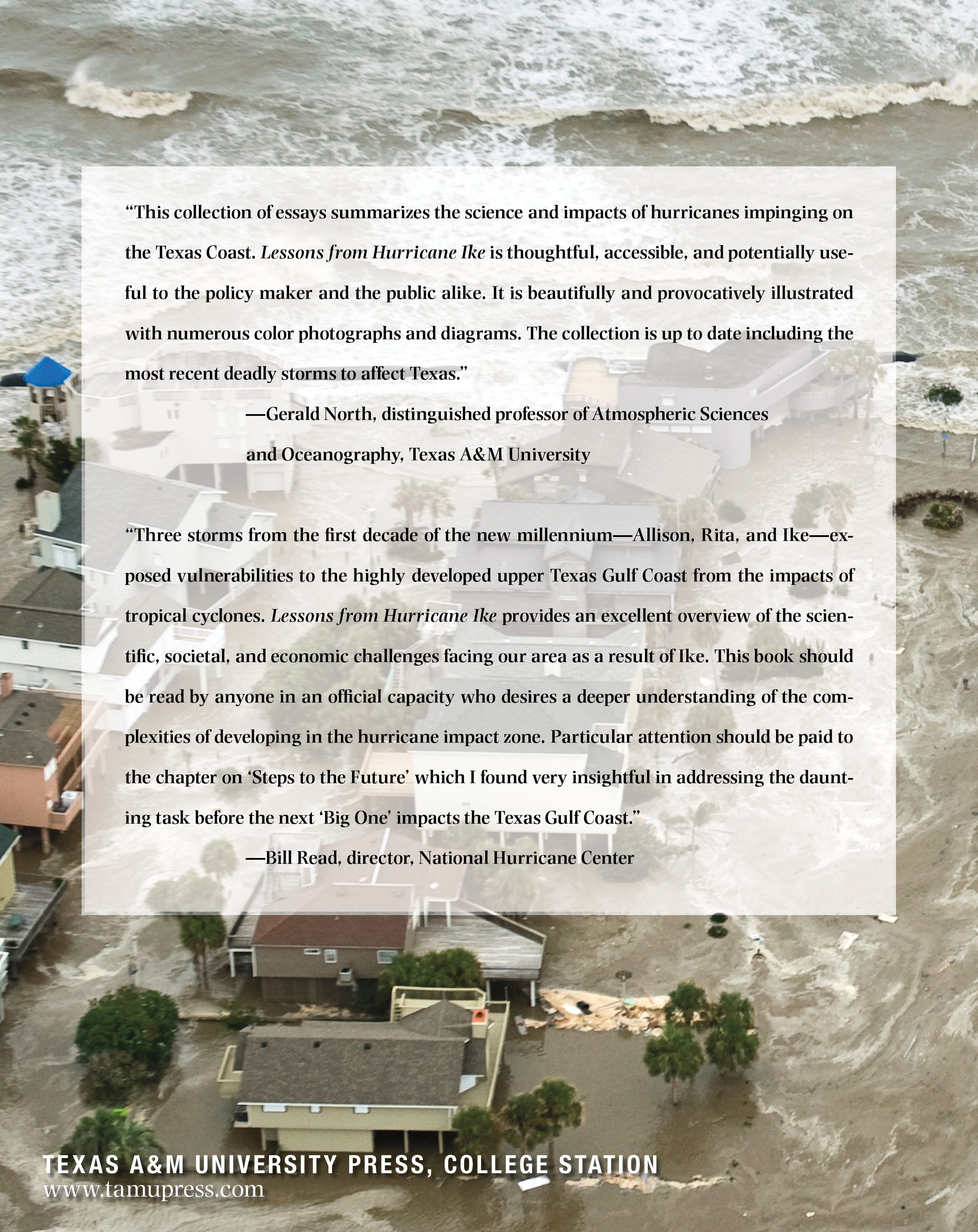Lessons from Hurricane Ike

Lessons from Hurricane Ike
Edited by PHILIP B. BEDIENT
Texas A&M University Press College Station
Copyright 2012
by Texas A&M University Press
Manufactured in
China by Everbest Printing Co., through
FCI Print Group
All rights reserved
First edition
This paper meets
the requirements of
ANSI/NISO Z39.48-1992
(Permanence of Paper).
Binding materials
have been chosen for durability.

Library of Congres
Cataloging-in-Publication Data
Lessons from Hurricane Ike / edited by Philip B. Bedient.1st ed.
p. cm.
Includes index.
ISBN-13: 978-1-60344-5887 (flexbound (with flaps) : alk. paper)
ISBN-10: 1-60344-588-9 (flexbound (with flaps) : alk. paper)
ISBN-13: 978-1-60344-736-2 (e-book)
ISBN-10: 1-60344-736-9 (e-book)
1. Hurricane Ike, 2008. 2. HurricanesTexasGulf Coast. 3. Hurricane protectionTexasGulf Coast. 4. Emergency managementTexasGulf Coast. 5. Storm surgesTexasGulf Coast. I. Bedient, Philip B., 1948
HV636 2008 .T4 L47 2012
363.34'922097641dc23
2011049844

Preface
As a young boy growing up on the west coast of Florida, I was always impressed by the sheer power of Mother Nature, especially the intense severe storms and major hurricanes that would come along every summer to interrupt our lives. I went on to obtain degrees in physics and environmental engineering at the University of Florida and developed my skills as a hydrologic engineer with a particular interest in flood prediction and warning. In 2001, Tropical Storm Allison was the most devastating urban flood in US history. My work with the Texas Medical Center and others began the research that I now conduct on severe storms in the Gulf Coast.
In 2005, shortly after hurricanes Katrina and Rita, I organized a technical meeting at Rice University to discuss the aftermath on the Gulf Coast. That evening over dinner I looked around a table of approximately fifteen researchers from Rice, the University of Texas, Texas A&M, the University of Houston, and Louisiana State University and realized that I had gathered the premier researchers equipped with the knowledge to deal with the complexities of hurricane prediction and impact on the Gulf Coast. However, each of these individuals was working at their respective universities on various specific problems without an overall guiding research umbrella. It was at this meeting that I proposed that we form the Severe Storm Prediction, Education and Evacuation from Disasters (SSPEED) Center to begin to address and evaluate this important problem in the Gulf Coast region.
The SSPEED Center was created to address the need for severe storm research and advanced surge prediction at the Texas Gulf Coast, radar-based rainfall and flood warning systems that combine inland flooding and coastal surge, educational programs that link science with public evacuation and disaster response, and the analysis of infrastructure risk and methods for recovery. The proposal was submitted to the Texas legislature and approved by the governor in May 2007.
On September 13, 2008 Hurricane Ike struck the Texas coastline. As one of the most destructive hurricanes in US history, Hurricane Ike was a devastating event for the region, particularly the Houston/Galveston area. Major damage from wind, surge, and flooding occurred and many areas, including the coastal islands Galveston and Bolivar, have yet to recover. The storm caused $25 billion in damages and dozens of deaths. However, if the hurricane had made landfall 3050 miles further down the coast, the devastation would have been remarkable. Some research has estimated costs as high as $100 billion and hundreds of fatalities. Hurricane Ike highlighted how exposed and vulnerable the Houston/Galveston area is in the event of a major storm. The decisions that will be made to address this vulnerability will shape the landscape of the Gulf Coast for decades to come in terms of economy, social structure, and environmental policy.
This book was designed to be read by the concerned citizen, policy maker, or urban planner. It bridges the gap between the physical science, social science, and policy in hurricane preparedness and planning to present a brief overview of the premier research being conducted in the wake of Hurricane Ike. address land use and future sustainability of the Houston/Galvston area.

Acknowledgments
The authors would like to acknowledge the Houston Endowment and the Texas Medical Center for their generous support of the SSPEED Center as it relates to severe storm prediction and impacts along the Gulf Coast. This book could not have been completed without a group of very devoted associates. We would like to thank Antonia Sebastian, Erin Baker, and Courtney Ray for their contributions to the organization, editing, and review of the book; Garrett Dolan and Alex Wagner for contributions to text organization; and Bryan Carlile and Rik Hovinga for their contributions to figures throughout the book.
We would also like to acknowledge the following people and organizations that contributed time or research funding to the projects presented in the book:
HNTB
The National Science Foundation (Grants No. 0901605, 0928926, CMS-0346673)
The National Oceanographic and Atmospheric Administration (Grant NA08N0S4190458)
The Texas Department of Rural Affairs
The Texas Department of Transportation
Sullivan Brothers Builders and its owners William, Todd, and John Sullivan
Christy WilhiteChief Transportation Plannerand Dmitry MessenSocioeconomic Program ManagerHouston-Galveston Area Council
Johnny Cronin, Victoria Herrin, and Elizabeth Winston Jones, of Houston Wilderness
Lessons from Hurricane Ike
1

An Introduction to Gulf Coast Severe Storms and Hurricanes
Philip B. Bedient and Antonia Sebastian
Introduction
As populations move toward coastal regions in ever increasing numbers, the impacts and associated costs of severe storms on coastal counties increase exponentially. A severe storm is usually considered to be a tropical storm or hurricane, but may also be a severely damaging hail storm, tornado or thunderstorm (Doswell 1978). Each summer, a number of these storms enter the Gulf of Mexico and gain intensity as they hover over its warm waters (). These storms have the potential to claim hundreds of lives and inflict tens of billions of dollars in damages. The recovery times in impacted areas vary significantly depending on the severity and location of the storm. In some cases, several years are required for infrastructure to fully recover from a severe storm or hurricane.
In 2008, 87 million people were living in US coastal counties, an 84 percent increase from 1960. The Gulf Coast region stretches from the southern tip of Florida to the southern tip of Texas, encompassing 56 counties and more than 5.8 million housing units (Wilson 2010). The region is home to over 15 million inhabitants and is among the most vulnerable areas to severe storms and hurricanes in the United States. In addition, the two largest petrochemical facilities in the world, the two largest refining areas in the United States, and over 4000 oil rig structures are located in this region. In order to fully comprehend and accurately analyze the risks presently faced by the Gulf Coast, an understanding of the mechanics and history of severe storms in the region is necessary, and is covered in detail in this introduction.

